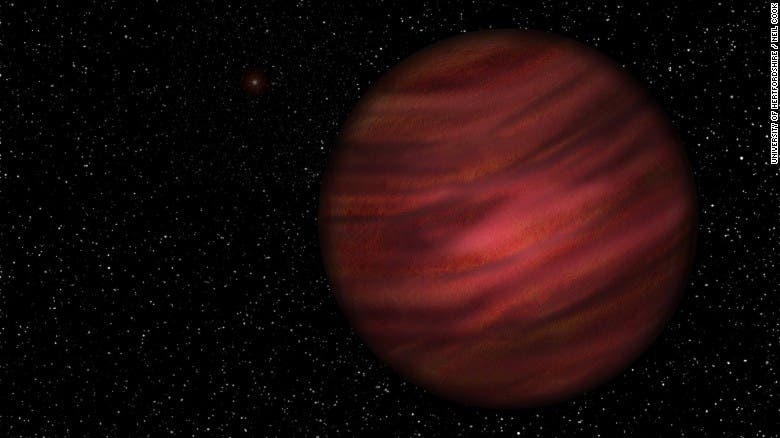Astronomers used to think that a lonely planet called 2MASS J2126 was without a parent star, drifting like an orphan through interstellar space. A team now says the planet isn’t a rogue — it’s just that it has a really big orbit, about 7,000-times the size of Earth’s orbit around the sun. This makes the solar system it belongs to the largest in the Milky Way. Quite the plot twist.

A long distance relationship
“This is the widest planet system found so far and both the members of it have been known for eight years, but nobody had made the link between the objects before,” said lead author Dr Niall Deacon of the University of Hertfordshire in a statement about the findings.
When astronomers first spotted 2MASS J2126, they thought it was a rogue planet. These free floating planets are most intriguing for researchers. They are not orbiting a star but instead are wandering through the galaxy. These are either ancient planets formed in the early Universe or estranged daughters jettisoned out of their parent solar system. There could be 100,000 times more rogue planets than stars in our Milky Way galaxy alone, by some accounts, so 2MASS J2126 wasn’t that odd.

Upon closer inspection, a team from UK, U.S. and Australia found that 2MASS J2126 is associated with a dwarf star. The catch is that they’re spaced apart by 1 trillion kilometers and it takes a full 900,000 years for 2MASS J2126 to complete a revolution around its star, as reported in the paper.
“How such a wide planetary system forms and survives remains an open question,” Simon Murphy of Australian National University said in a statement.
The planet and its solar system are 104-light-years away from Earth. But the researchers’ findings shouldn’t be all that surprising. Last week, ZME Science reported how astronomers found what they think is the solar system’s ninth planet — and it’s not Pluto. Unceremoniously dubbed ‘Planet Nine’, it’s believed to be 10 times bigger than Earth and orbit 20 times farther from the sun than Neptune. The researchers didn’t actually find the planet, but reckoned it must be somewhere inside the Kuiper Belt based on the influence it exerts on other objects.


